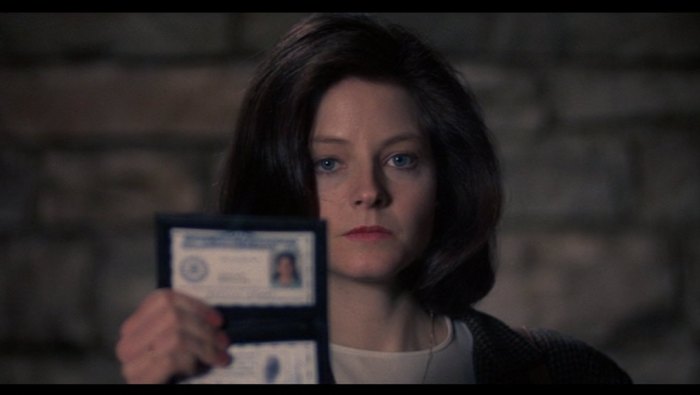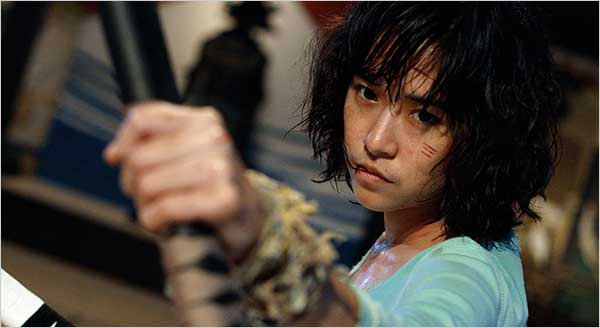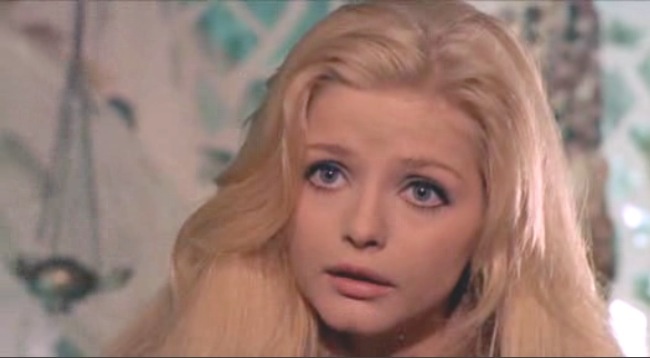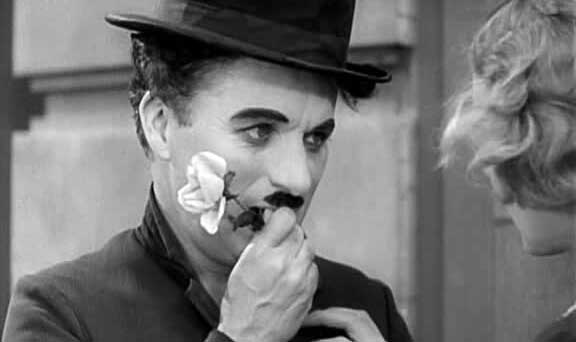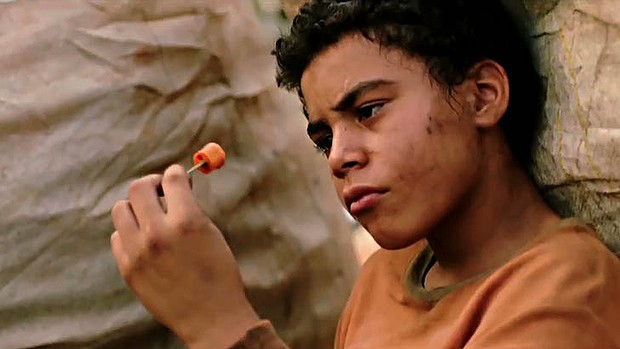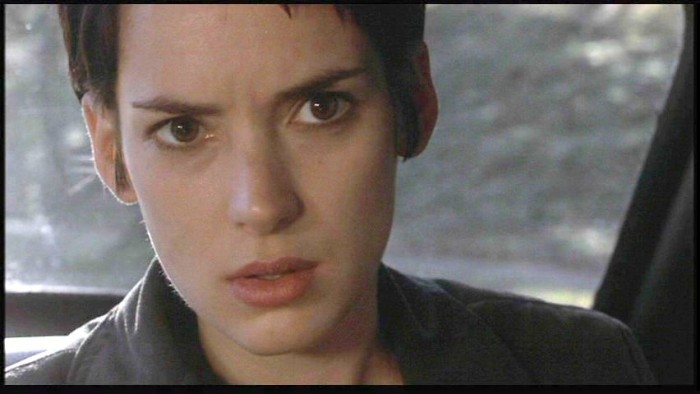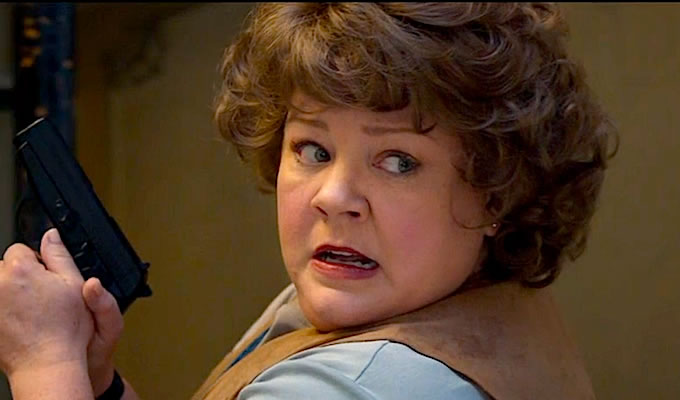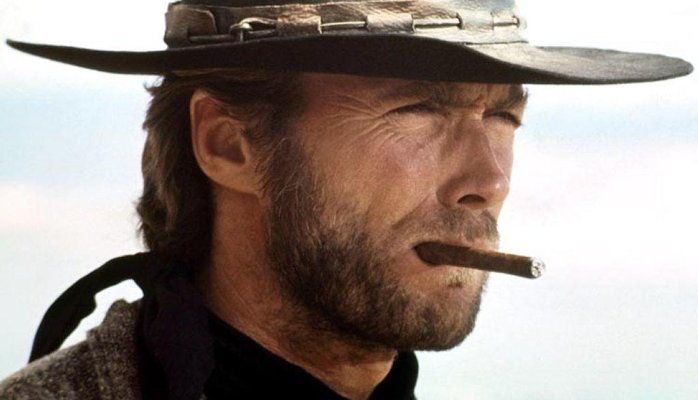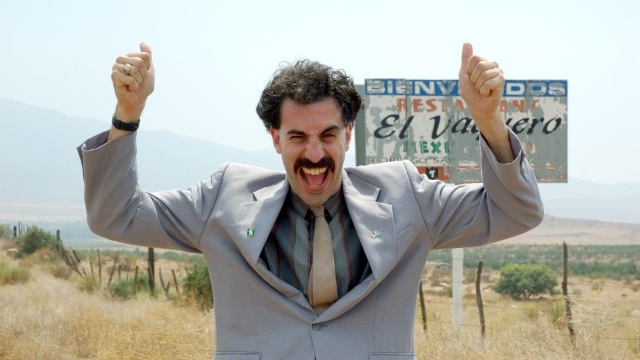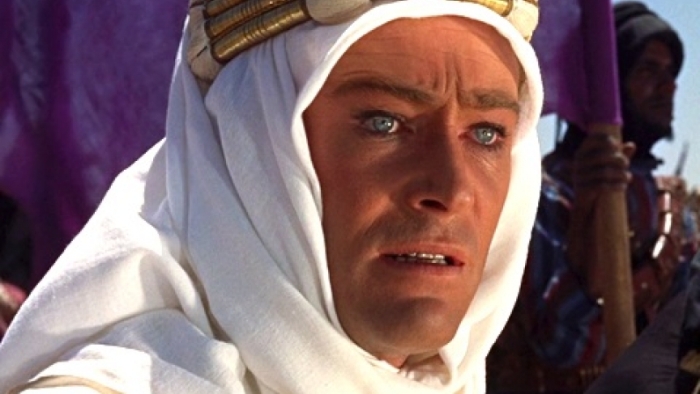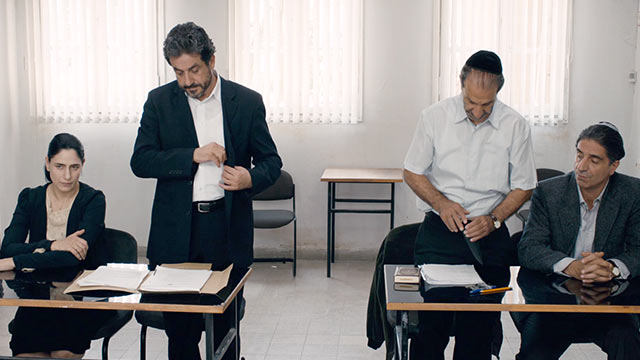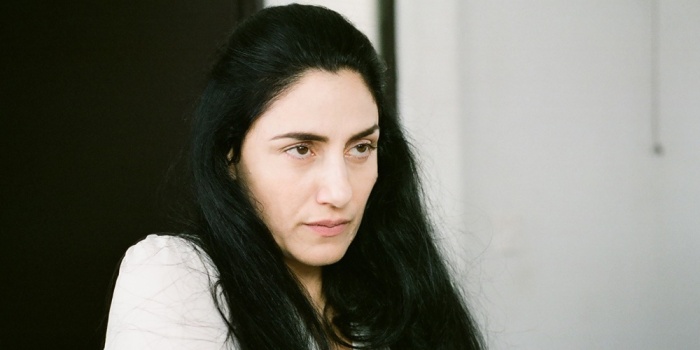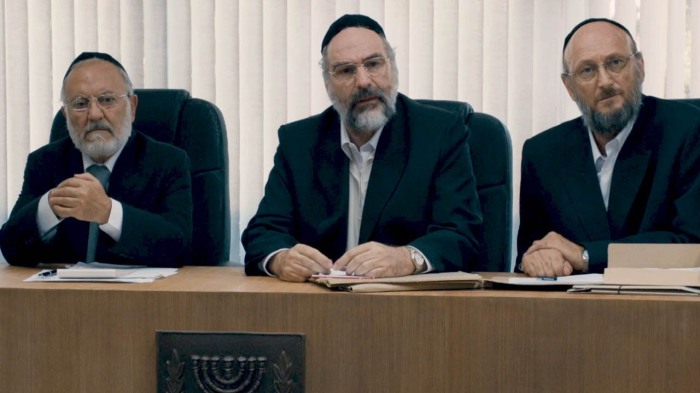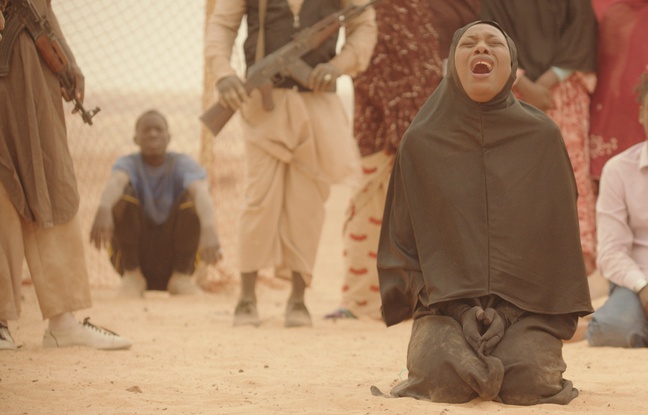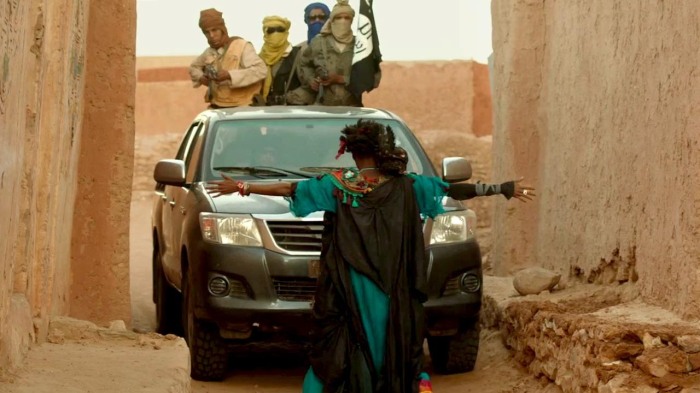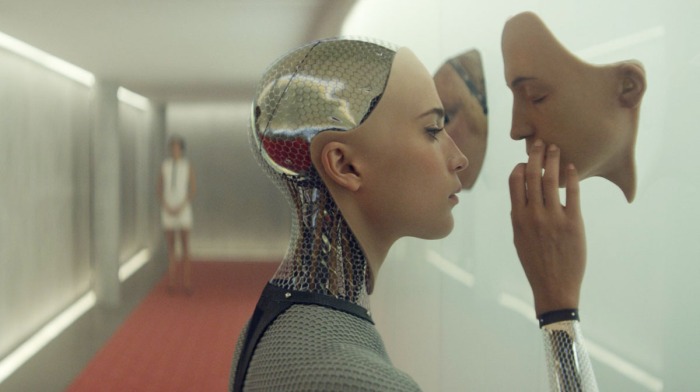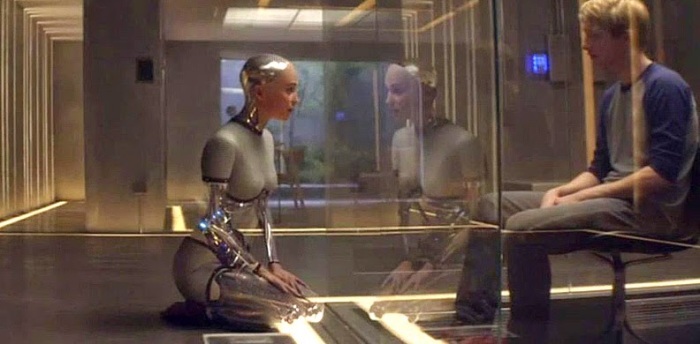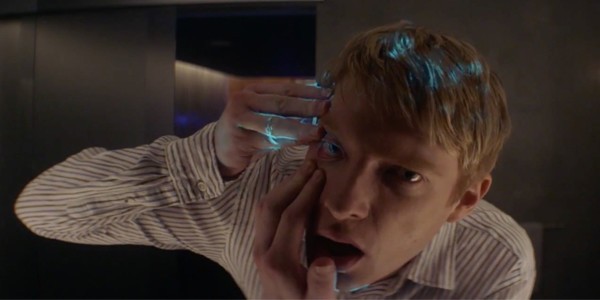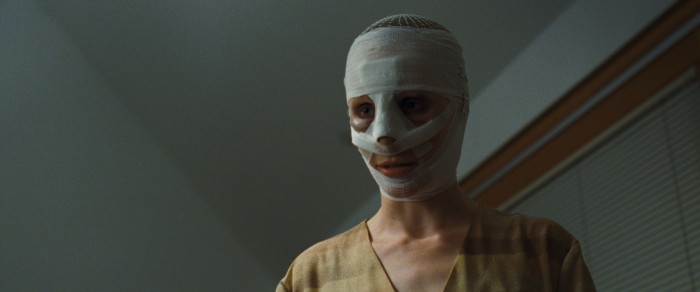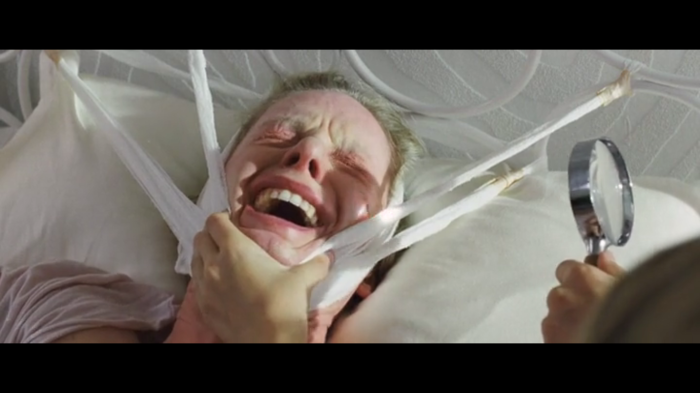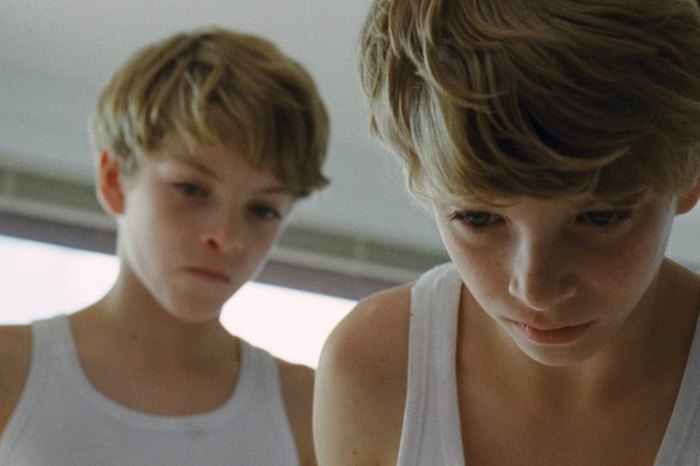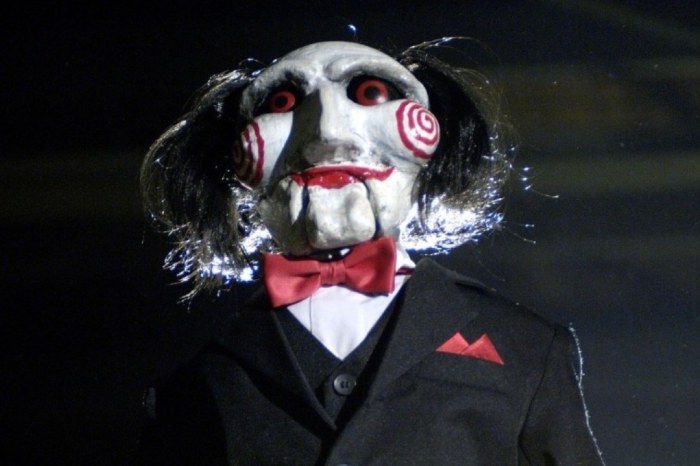
So, no matter how great the protagonist is, it will be boring if the bad guy standing in his way is not so powerful or “bad” enough. Villains are the enrichment to the conflict and the plot. They provide the heroes tasks to overcome and test their worth. The criteria to make this list are charisma, abilities, motive, authenticity, uniqueness and how evil they are.
10. Norman Bates –“Psycho” (1960)
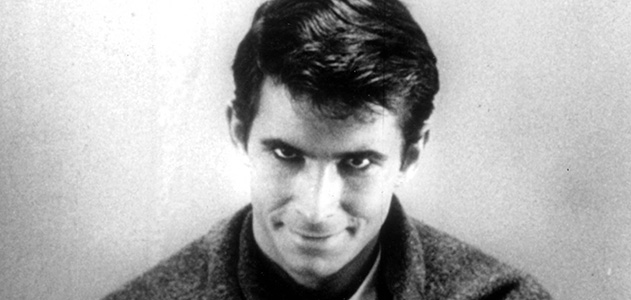
This classic villain is utterly horrifying. We authentically fear him because he is perfectly normal looking, and actually has human-like motives behind his psychopathic act. It really feels like he could be anywhere around the corner down your street.
9. Harvey Dent –“The Dark Night” (2008)
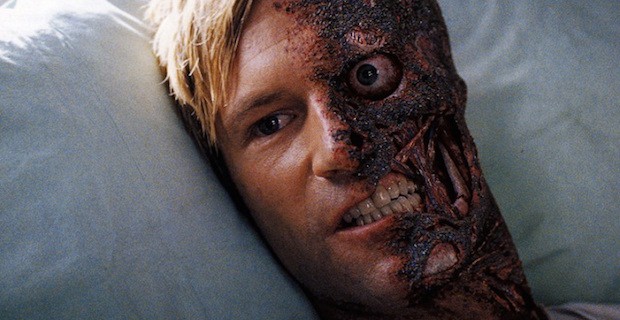
Harvey might not be the most evil, powerful, or charismatic of all. It is not his grotesque appearance that deserves a mention, neither. He makes the list because he does a lot to the plot and the story. He symbolizes Batman’s flaws and imperfection since he is the outcome of his failure to rescue Rachael. This good-guy-gone-bad villain makes the hero question himself and creates the inner-conflict.
8. Alex –“A Clockwork Orange” (1971)
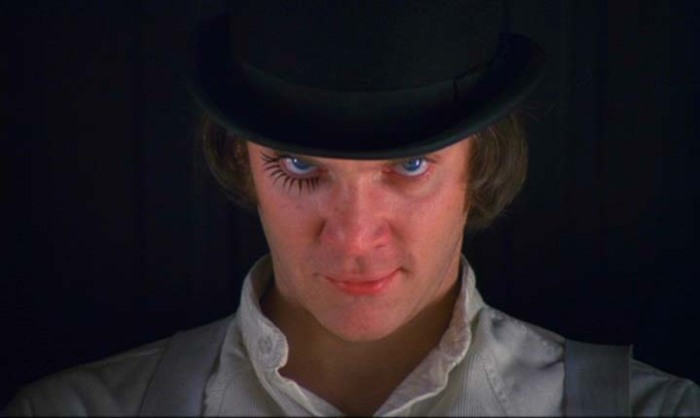
As all his other droogs may agree, this protagonist, and a villain of the masterpiece is not to be forgotten if we are to talk about evils. Alex is an authentic villain of the world we live in. He is the byproduct of the demeaning control the society tries to take over the adolescents. He directly communicates the central message of the film through his character arc.
7. Jack Torrance –“Shining” (1980)
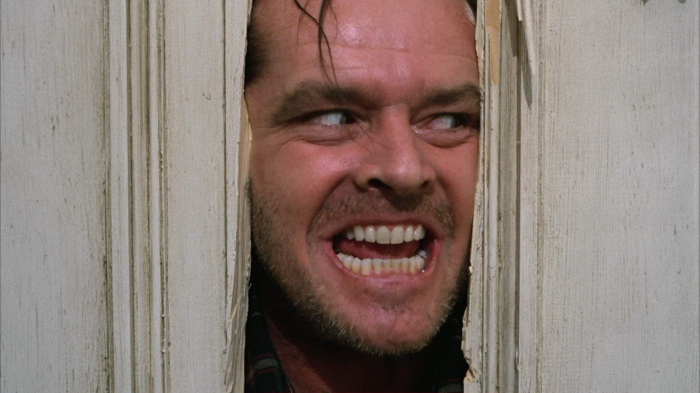
Another pick from Kubrick’s work. Gradual, convincing progress of turning from a father to a monster is simply unnerving. Alongside Kubrick’s presentation method of dragging us into the story and making us feel being chased, he really is a remarkable villain.
6. John Doe –“Seven” (1995)
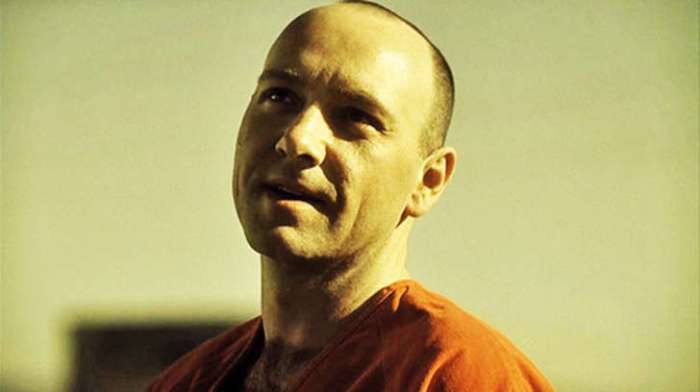
We cannot leave out an intelligent, smart-arse villain on the list. There are a number of them that came across my mind. One of the nominations was Jigsaw from Saw who creates a whole lot of amusement park, but my pick in prior is this devout man who plans the shit out of the crimes. He accomplishes what he believes in his own way. One of the best villain-winning movies.
5. Hannibal Lecter –“The Silence of The Lambs” (1991)
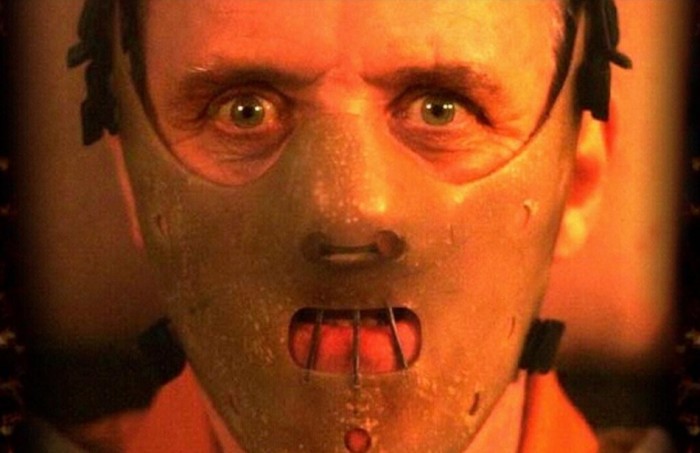
Generally, we only fear unknown. There is no other movie where we are extremely intimate with the villain from the beginning. The protagonist, Starling fears him from the close range, in the situation where he cannot harm her. There is something unconventionally horrendous about him, yet charming at the same time, helping and celebrating Starling as she achieves her task.
6. Villagers –“Dogville” (2003)

Some villains are the presentation of how a normal citizen could easily turn into an evil, for instance, Harvey as I mentioned earlier. The villagers from Dogville is the most direct approach to this idea. The film discusses the apathy of ethics and it’s sadly convincing.
5. Tommy DeVito –“Good Fellas” (1990)

Probably the most lovable antagonist. He is cruel, unforgiving and heartless, yet witty and charming. He is such a self-driven villain. -He is always up for it, always waiting for someone to say a wrong thing so he can kick off.
4. Captain Vidal –“Pan’s Labyrinth” (2006)

If we are strictly going for cruelty and cold-blood criteria, Captain Vidal is definitely one of the greatest. Characters like Lil Z from City of God are equally ruthless, but illustrated in the light-hearted tone. The evil Spanish General is excellent at creating tension, constantly threatening the heroine, Ofelia and everyone around him.
3. Penny Wise -“It” (1990)
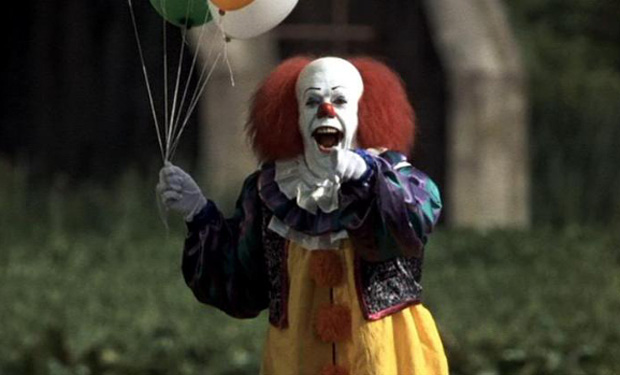
This iconic figure is horrifying since he is non-existent. He is deeply psychological. We subconsciously finds him unbeatable and inevitable because he is “a concept”. Penny Wise is something people tend to not overcome. He is a representation of fear.
2. Joker –“Dark Knight” (2008)
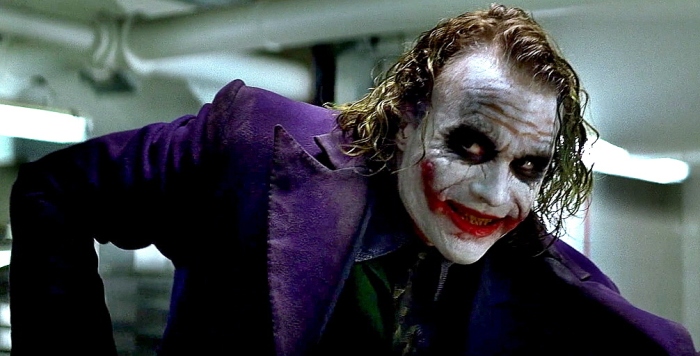
Honestly, I haven’t seen any villains that are better than Heath Ledger’s Joker. I hate to have the same opinion as the vast majority, but I just can’t leave him out of the list. Rather than the setting or the written dialogue, the fantastic acting makes the most of this outstanding Joker, starting from the little fidgeting with fingers and the unique voice. He is not the most powerful but he is the maddest.
1. Jareth -“Labyrinth” (1986)
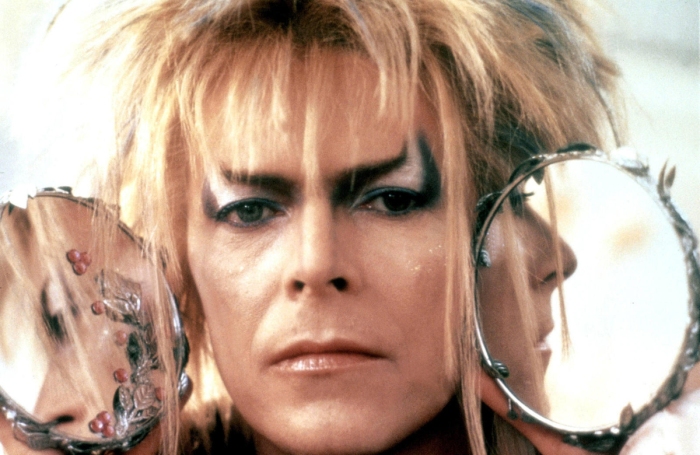
An honorable mention given the recent heartbreaking news. There will never be any other handsome villain who is good at singing and babysitting. Rest in peace, David Bowie.
